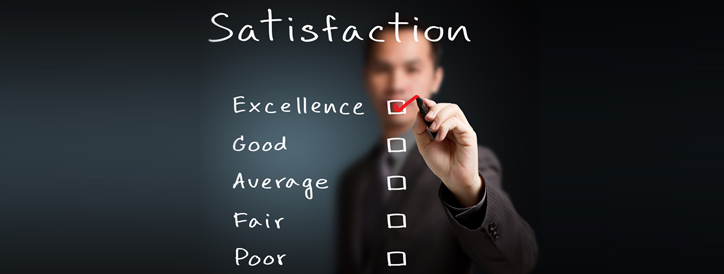Metrics are important when it comes to understanding your clients but maybe none more than one in particular: the customer effort score. So, what is CES?
It’s a type of customer experience metric that measures how much effort your customer has to put into getting an issue resolved, a product replaced or returned, or finding an answer to a question when engaging with your company’s service department.
While the CES can be measured fairly simply (think quick surveys), what it reveals can provide a large piece of the customer loyalty puzzle most businesses are still trying to put together.
Here we’ll drill down what a good CES looks like, what your score says about your business, and how to improve your CES if it’s lacking.
What’s Considered a Good Customer Effort Score?
Industry experts are in agreement across the board: If you’re using the standard scale of 1 to 7 ranging from “very low effort” to “very high effort” on your CES survey, anything above a 5 or moving closer to “very low effort” can be considered an above average score.
Corporate Executive Board, the consulting firm that first invented CES, discovered that a whopping 96 percent of customers who have to exert a high amount of effort and energy in service-related interactions become disloyal or choose competitors compared to just 9 percent who are provided with a low-effort experience.
What Does Your CES Score Reveal About Your Business?
Your CES can help you see whether your organization provides a high or low effort relative to the customer service experience. Beyond that, your brand’s CES can provide some valuable insight into specific pain points that your customers may be experiencing when working with you. If your score is on the high-effort side, these are the most likely frustrations your customers are facing:
- Having to repeat their issue numerous times
- Stuck with automated self-service as their only option
- Difficulty switching between communication channels
- Long wait times for customer service
Issues like generic service and repeat customer service-initiated transfers are also likely to increase the number of high-effort scores a company receives. As we discussed earlier, these high-effort indicators need to be addressed if a business wants to improve on the customer loyalty front.
“If you can only measure one thing, it should be effort,” says Sarah Dibble, executive advisor at Gartner. “Our research finds that effort is the strongest driver to customer loyalty.”
How Can You Improve Your CES?
Maybe your brand has utilized the CES surveys and analyzed the data, and now you’re at the point of realizing improvement needs to be made. But where do you start?
For a lot of larger companies, customer service can be a key differentiation between them and their competitors. Yet, when you’re servicing hundreds or thousands of customers every day, it can leave support leaders feeling overwhelmed, because they must do more with resources or service reps who are already at maximum capacity.
It doesn’t have to be this way, though. More and more enterprises are moving their on-premise service centers in the direction of cloud technology to satisfy their customers’ desire for quick and easy service resolutions.
With a call center in the cloud, organizations are finding it easier to ensure seamless channel transition between self-service and live agents, limiting downtime and service delays, which, in turn, leads to increased customer retention and ultimately higher profit returns.
Soaring to New Heights
If you want to take your CES and business to the next level, consider a cloud contact center platform. They can be a worthy investment in helping your organization create the best possible customer experience while decreasing the legwork on the part of your customers.

